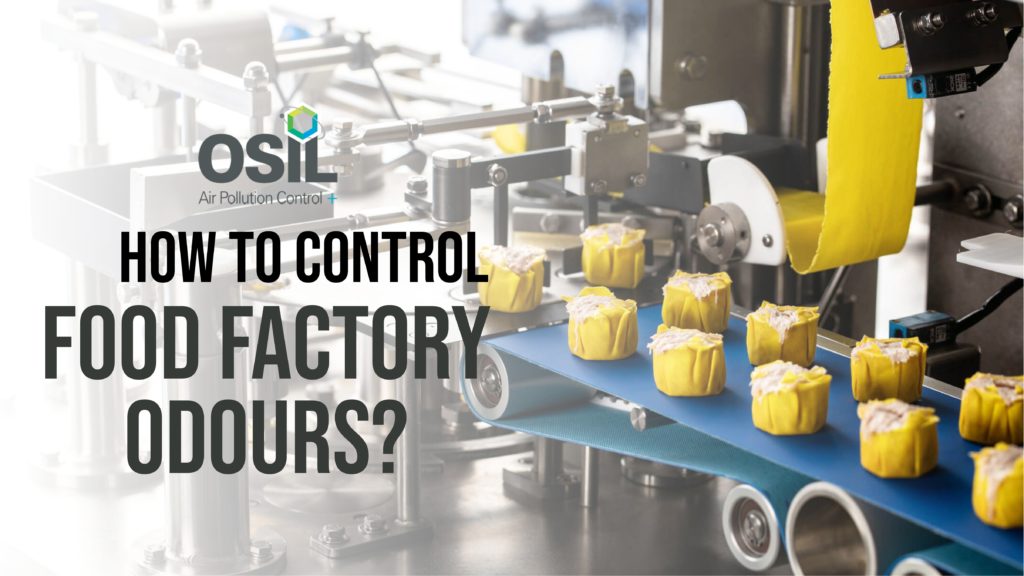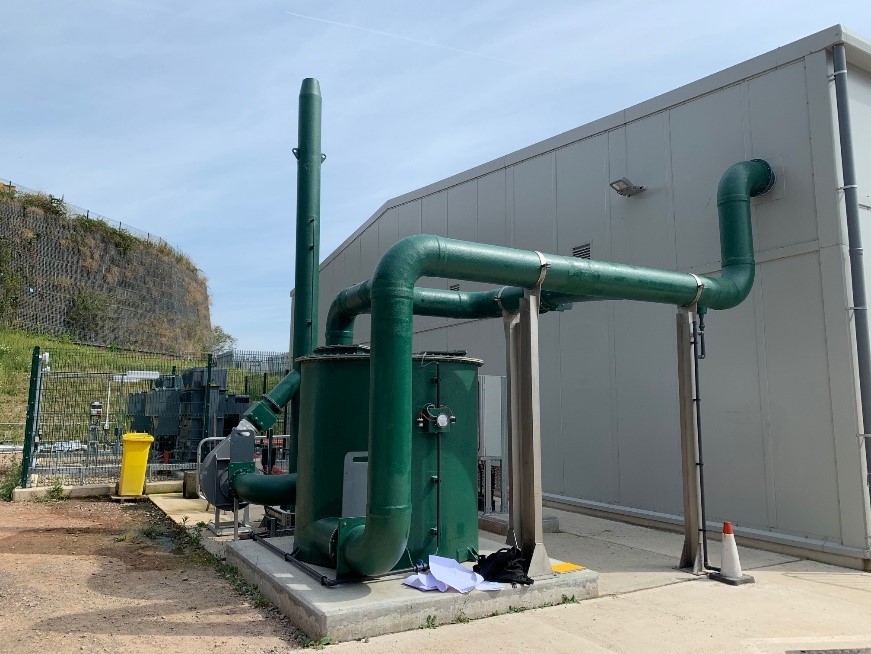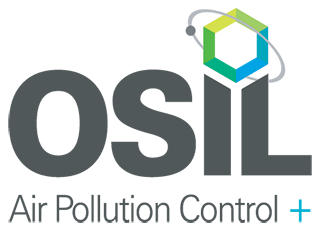
Food factories generate significant volumes of odour the most offensive of which is hydrogen sulphide gasses (H2S). This smells like rotting eggs and is intolerable.
Food processing also generate VOCs, aldehydes, ketones, alcohols, acids, ammonia, amines and mercaptans which can be equally offensive. Add fats, greases, sludges, slurries and high temperatures to the mix, and you have a breeding ground for unpleasant odours.
Ductwork and extraction
To create a tolerable work environment, food processing odours like garlic, onion, marinated sauces and spices need to be vented efficiently. This makes extraction and the design and quality of ductwork important.
For odour control, traditional systems in food processing utilise a biological or chemical process that breaks down odours through oxidation. Examples of such technologies include LavaRok® biological filters and ChemKlean® scrubbing systems.
Controlling odours in a food factory requires a correctly sized odour control system. These can only be designed with an understanding of the type and size of odour problems you’re experiencing. This starts with odour monitoring.
Odour monitoring
Odour monitoring is the process of collecting data about the types of odour produced and the characteristics and volumes of those odours.
The techniques we use include data logging, Olfactometry, and Gas Chromatography Mass Spectrometry (GC/MS), which combines gas-chromatography and mass spectrometry to identify odours. GC/MS builds a complete picture of odorous compounds so we can select and size the correct odour control solution.
Once we understand the type and size of the odour problem you’re experiencing we can design a solution to manage your odours.
Odour control systems in food processing
There are several technologies available for odour control. These include:
Biological filters
Biofilters have a living biofilm of microorganisms (bacteria) that consume odorous compounds for energy. The microbiology of the biomass is carefully designed to capture specific odorous compounds.
Our technology, LavaRok®, is a modern substitute for woodchip and shells in biofiltration. It uses pumice stone which has a 25-year lifespan.
There are two main types of technology: bioscrubbers, where odours are forced through a media bed colonised by microorganisms in a liquid; and biofilters, where air flows upwards through living biomass where microorganisms absorb pollutants.
Chemical scrubbers
Chemical or wet scrubbers use a liquid absorbent to remove odorous compounds from air gas streams. These systems can be simple for inlet works or form part of a multi-stage filter process that removes higher concentrations of odours.
Wet scrubbers are useful in food factories because extracted substances are often hygroscopic. Wet scrubbers use no pump and can have an integrated water supply. This reduces maintenance and makes cleaning easy.
Multi-stage wet scrubbers often use two or more liquid absorbents, the benefit being that we can target a wider range of compounds. Little to no operator intervention is needed and removal efficiencies can be as high as 99%.

Dry media systems
Dry media filters include activated carbon, impregnated carbon, oxidising alumina media, and hybrid, multi-media filters. These are used as a standalone filter for polishing another primary technology such as wet scrubbing.
OdaCompact is a good example of such a system. This space-saving single tower offers a two-stage treatment, combining LavaRokbiofiltration with CuCarb® Dry Media Systems. It’s a top choice for food factories with limited space.
Dry media filters can control H2S, organic sulphides, mercaptans, ammonia and VOCs to a specified ouE/m3. This makes them a good choice in food processing, although they sometimes need to be paired with another process like biofiltration or wet scrubbing.
Want to know more about odour control in food processing? Feel free to call us on (0) 1543 506855 for a chat about how we can help you.
